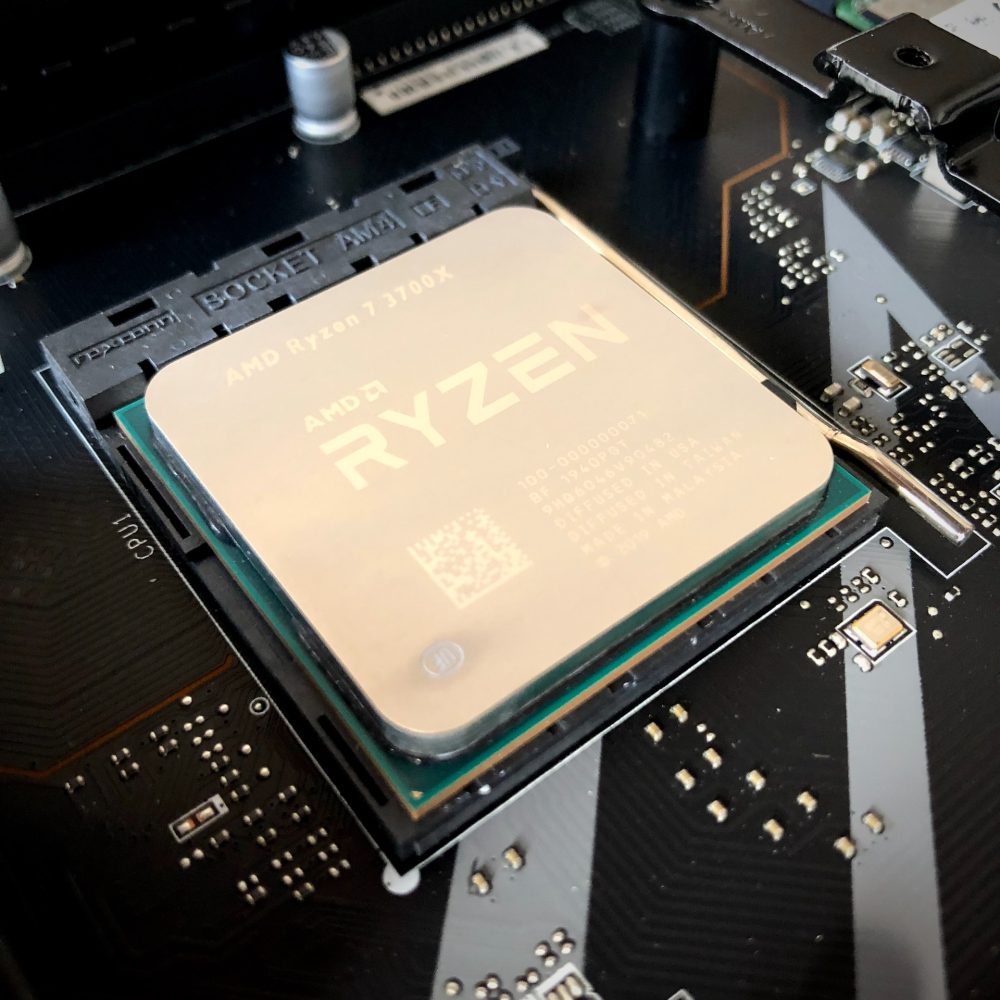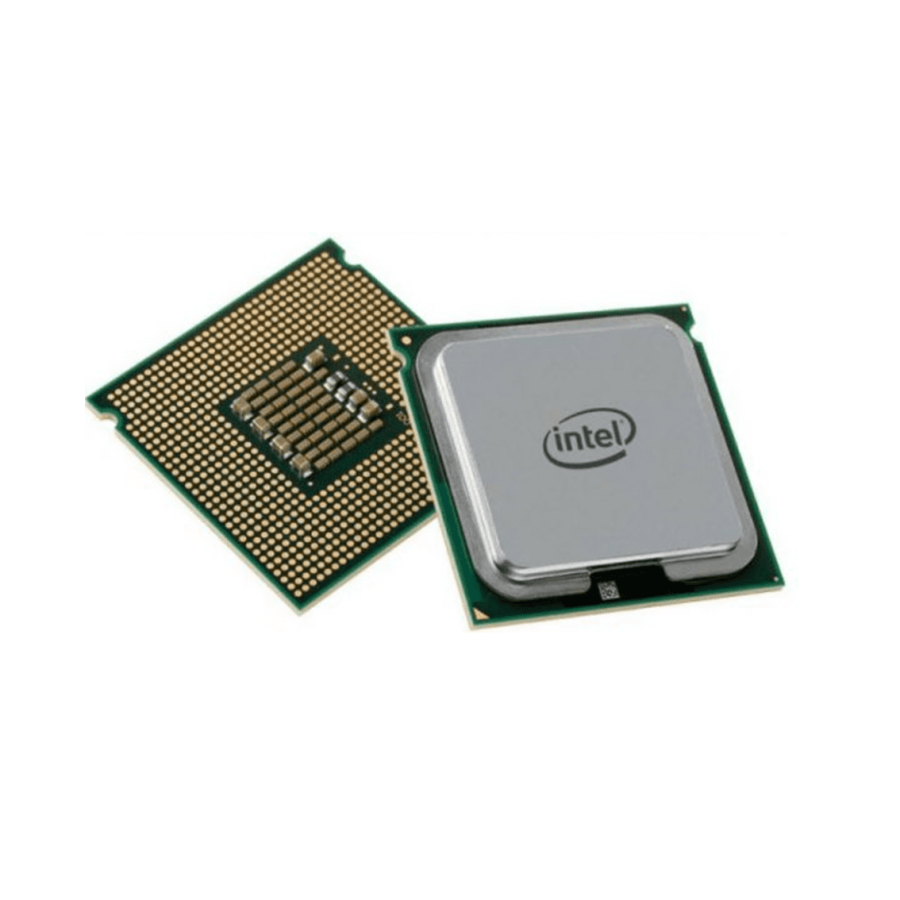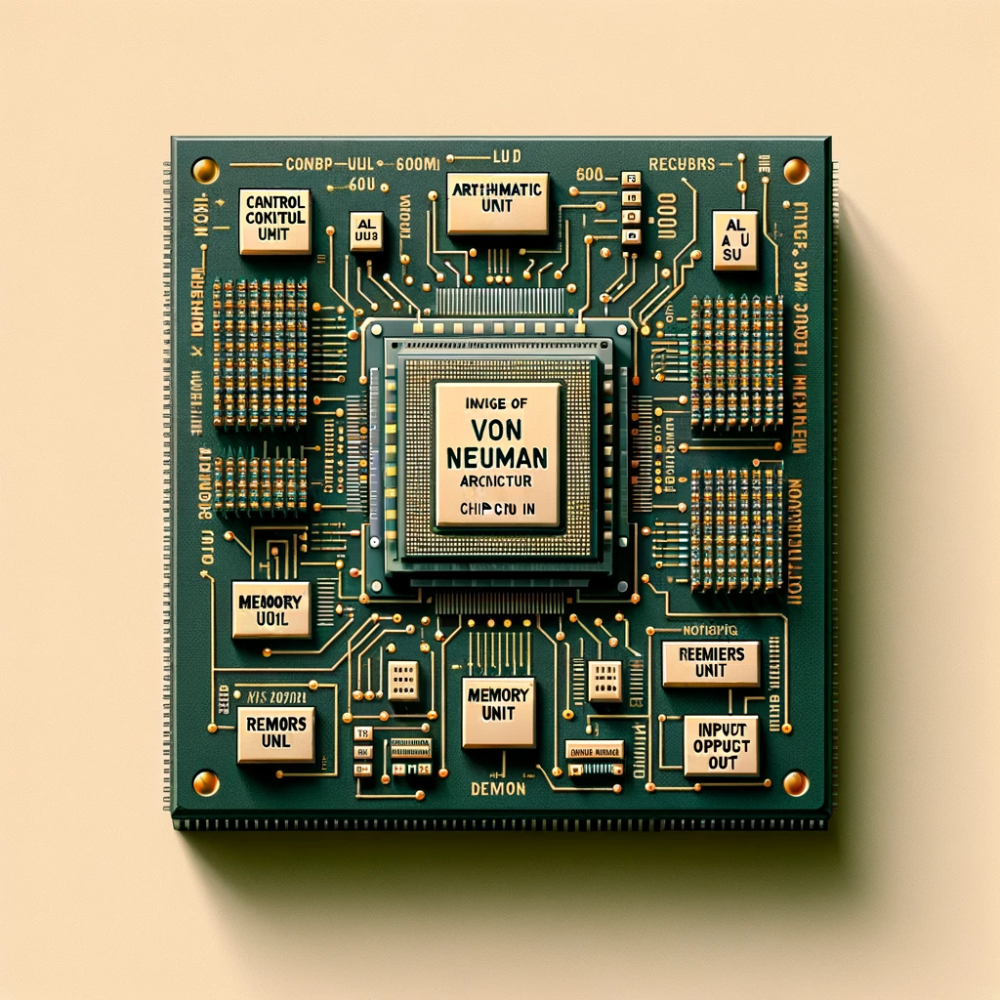What is CPU Architecture?
CPU architecture defines the structure and capabilities of a computer’s processor. It consists of Instruction Set Architecture (ISA) and microarchitecture. ISA outlines the processor’s basic characteristics and operations. Microarchitecture implements ISA into a physical circuit. Together, they dictate the CPU’s functionality, efficiency, and overall performance.
Instruction Set Architecture (ISA)
ISA is essentially the CPU’s language. It specifies available instructions, data types, registers, and the memory model. ISA allows programmers to write instructions that the CPU can understand and execute. Different ISAs include x86, ARM, and MIPS.
Microarchitecture and Performance
While ISA is the blueprint, microarchitecture is the actual construction. It interprets ISA and executes instructions through hardware design. Microarchitecture includes the processor’s core, cache, and pathways. Performance depends on how well ISA is implemented through microarchitecture.
The Evolution of CPU Architecture
Early CPUs had limited processing power and memory capacity. As technology advanced, these limitations gave way to multicore processors. Today, CPUs are more compact and integrated in systems on a chip (SoC).
Comparing Different CPU Architectures
Architectures vary in compatibility and efficiency. x86 architecture is known for its wide compatibility, while ARM is favored for energy efficiency. RISC and CISC are two different technical approaches to ISA and microarchitecture.
CPU Functions and Components
CPUs execute program instructions involving arithmetic, logic control, and I/O operations. The key components include the Arithmetic Logic Unit (ALU), processor registers, and the Control Unit. They work together to process data effectively.

Instruction Set Architecture (ISA)
Instruction Set Architecture, commonly abbreviated as ISA, is the part of the processor that defines the CPU’s capabilities and programming model. It sets the rules for what the processor can do. Essentially, ISA serves as the interface between hardware and software, guiding software developers on how to give instructions that the hardware can understand.
Key Components of ISA
Registers: ISA includes a set of registers, which are small storage locations within the CPU for quick data access. Instructions: It defines the set of operations the processor can execute—everything from basic arithmetic to complex data handling. Data Types and Sizes: Different ISAs can manage various data types and sizes, dictating how much data the CPU can process at once. Memory Model: This outlines how a CPU interacts with memory, including how data is structured and accessed.
Common Types of ISA
There are several ISA types, each with unique characteristics. x86 ISA, developed by Intel, dominates the personal computing industry due to wide compatibility. In contrast, ARM ISA is prevalent in mobile devices for its power efficiency. MIPS ISA is another example, often used in embedded systems. These different ISAs imply varied CPU designs, configurations, and potential applications.
ISAs are critical for programmers and developers since they influence the design and functioning of applications. A deep understanding of ISA enables optimized software that can fully exploit the CPU’s performance capabilities. As technology evolves, ISAs are updated and adapted, ensuring that they continue to meet the rising demands for processing power and efficiency.
Microarchitecture and Performance
Microarchitecture turns the ISA into a physical CPU. It’s the hardware that executes instructions. This design includes the CPU’s core, memory access paths, and on-chip cache.
Detailed Components of Microarchitecture
A CPU’s microarchitecture consists of its core, where calculations happen. The cache stores frequently used data for quick access. Data pathways connect these components, enhancing performance.
CPU Speed and Energy Use
Microarchitecture affects CPU speed. Faster data pathways and larger caches speed up processing. Efficient designs reduce energy use.
Design Improvements Enhance Performance
As technology evolves, microarchitectures improve, becoming faster and more efficient. Manufacturers tweak designs to squeeze out more performance without increasing power draw.
How Microarchitecture Impacts Computing
A good microarchitecture uses the ISA effectively. It ensures smooth, quick program execution. The right design affects how well applications run on a computer.
Balancing Performance with Power Consumption
Designers aim for high performance while managing power use. They tweak microarchitecture for the best balance. This balance is vital for laptops and mobile devices.
Upgrading Microarchitecture for Future Demands
Manufacturers constantly upgrade microarchitecture. They prepare CPUs to handle upcoming software and more demanding tasks.

The Evolution of CPU Architecture
The CPU’s journey has seen vast changes, from simple structures to advanced systems.
Early CPUs and Their Limitations
Early CPUs struggled with slow speeds and small memory. They could handle basic tasks but not the complex ones.
The Rise of Multicore Processors
New CPUs emerged with several cores, speeding up tasks and enabling multitasking.
Modern Developments: Systems on a Chip (SoC)
Today, CPUs integrate many functions into a single chip, offering powerful, efficient processing.
Comparing Different CPU Architecture
Choosing the right CPU architecture depends on your computing needs. Different architectures offer unique benefits.
x86 and Compatibility Across Devices
The x86 architecture stands out for its broad compatibility. It supports an extensive range of software and operating systems, making it a top choice for personal computing and laptops. Despite higher power consumption, its performance makes it suitable for intensive tasks.
ARM Architecture’s Power Efficiency
ARM architecture is a leader in mobile and IoT devices. Its design focuses on minimal power usage, extending battery life in smartphones and tablets. While typically slower than x86, ARM is ideal for portable devices where efficiency is crucial.
RISC and CISC: A Technical Perspective
RISC (Reduced Instruction Set Computing) and CISC (Complex Instruction Set Computing) are two approaches to CPU design. CISC, in contrast, offers a wide instruction range for versatile tasks. The choice between RISC and CISC may influence system design and application performance.RISC aims for simplicity and speed with fewer instructions.
CPU Functions and Components
The CPU, or Central Processing Unit, is a PC’s brain, executing program instructions.
The Role of the Arithmetic Logic Unit (ALU)
ALU performs arithmetic and logic functions, essential for processing tasks.
- Executes math operations like addition, subtraction.
- Handles logical tasks such as comparison and decision-making.
- Works closely with other CPU parts for effective data processing.
Importance of Processor Registers
Registers are key to CPU speed and efficiency.
- Quickly store and provide data to the CPU.
- Assist in executing instructions without delays.
- Different types include data, address, and status registers.
The Function of The Control Unit
The Control Unit manages CPU operations.
- Directs the flow of data within the CPU.
- Coordinates with ALU and registers for task execution.
- Acts as a central overseer for all processing activities.

The Future of CPU Design
The future of CPU design is poised for remarkable innovations to meet the growing demands for speed, efficiency, and specialized functionality.
Advancements in Multicore Technology
Multicore technology continues to evolve, offering more power through parallel processing. Future designs promise even more cores per CPU, aiming to achieve greater performance without compromising energy efficiency. The integration of heterogeneous cores, each specialized for different tasks, is also a trend on the rise. These advancements will significantly boost multitasking capabilities and application responsiveness.
Rise of AI-Specific Architectures
AI-specific architectures are gaining momentum. These specialized CPU designs prioritize neural network processing and machine learning tasks. With dedicated AI cores and optimized data pathways, they execute complex AI algorithms swiftly. Such enhancements not only speed up AI applications but also enable more sophisticated machine learning functionalities directly on devices.
Potential of Quantum Computing Architecture
Quantum computing architectures represent a frontier in CPU design. Unlike traditional CPUs, quantum processors utilize qubits for computation, which can represent multiple states simultaneously. This could lead to exponential increases in processing power, handling computations that are currently impossible for classical CPUs. The development of quantum-resistant algorithms and hardware is an area drawing increasing investment as the potential impact on cryptography and complex problem-solving becomes evident.





